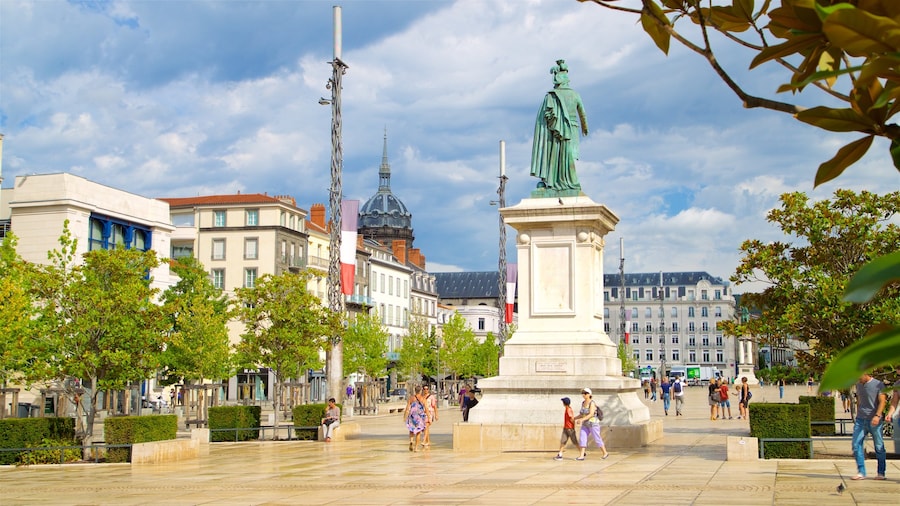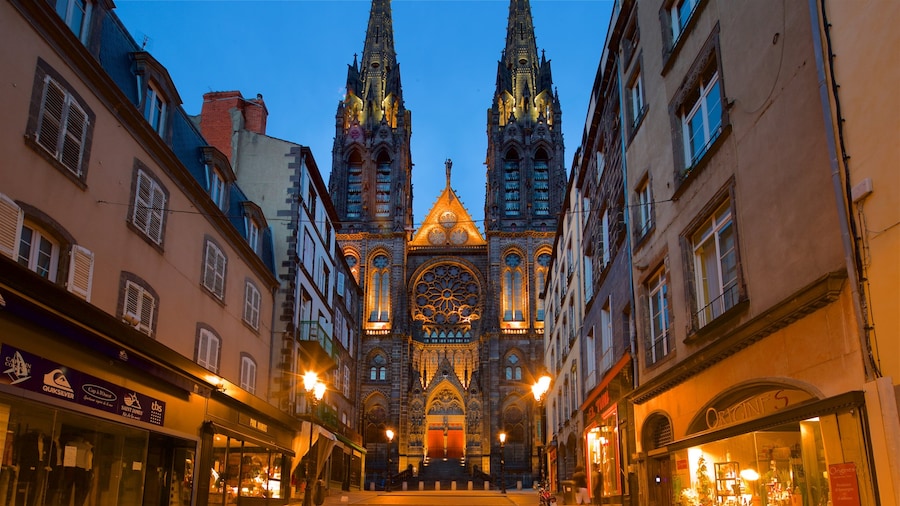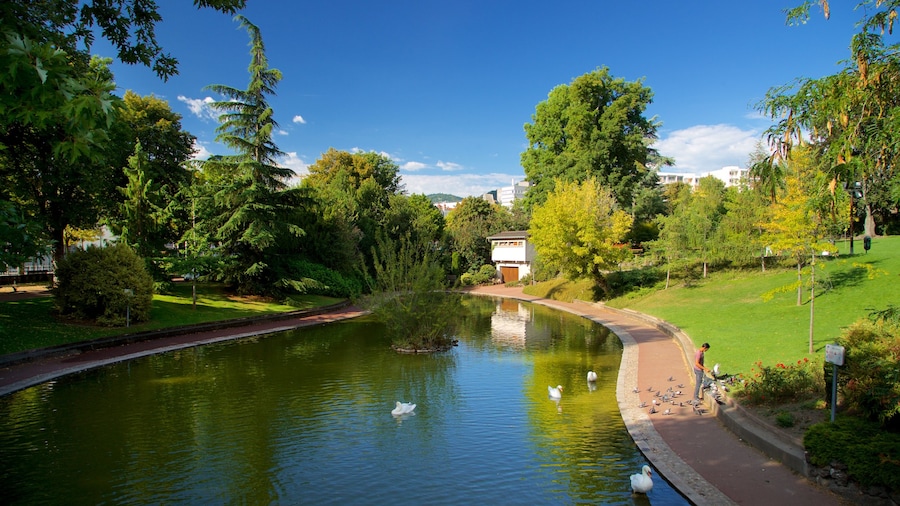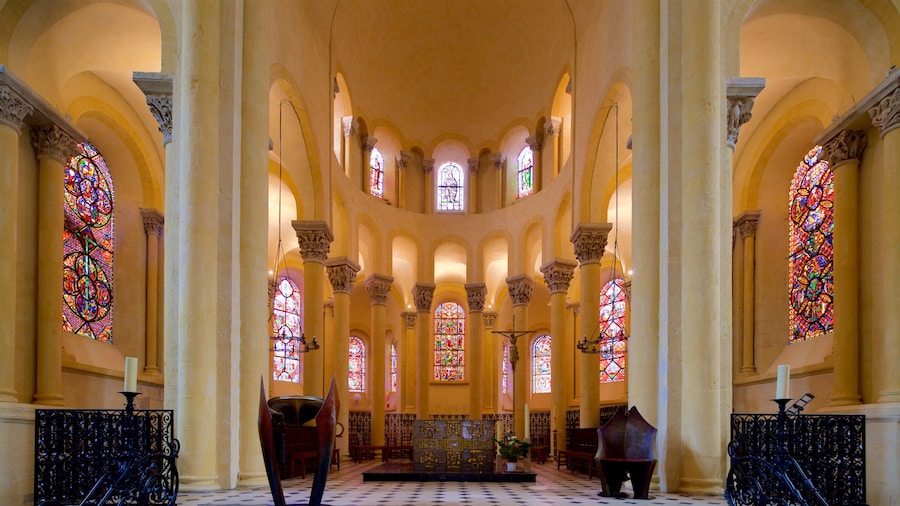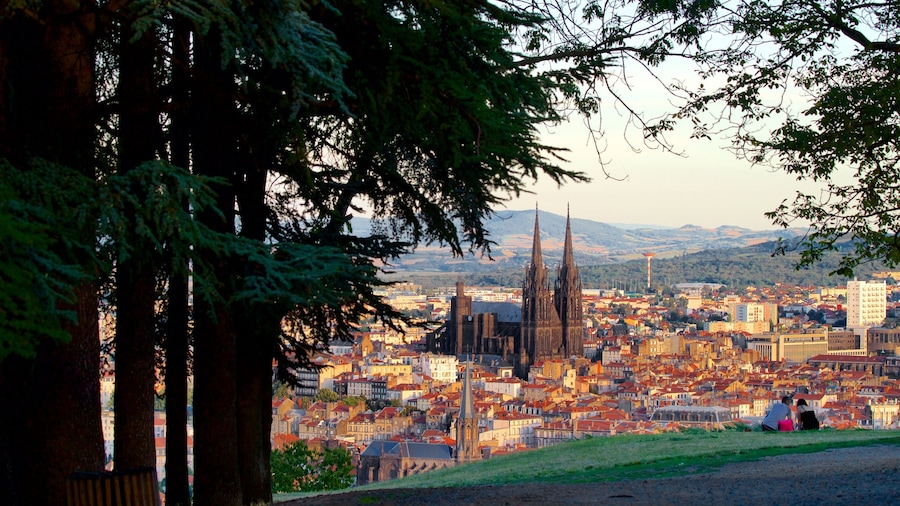In the Place de Jaude is a monument to France’s original Gallic hero, a statue created by the same sculptor behind the Statue of Liberty.
The bronze statue of Vercingétorix at the Place de Jaude depicts the famous hero riding a galloping horse with a sword held high in the air. Beneath the horse lies a dead Roman soldier. Gaze upwards to take in the details of the sculpture, which stands on a high platform with six Roman-style columns around the base. Vercingétorix’s shield hangs on the central column.
Take the time to find out about the important figure the statue commemorates, Gallic leader Vercingétorix. He led the Gauls to victory over Roman emperor Julius Caesar in 52 B.C. The Battle of Gergovia took place just outside of modern day Clermont-Ferrand, in a village to the south called La Roche-Blanche.
After this initial victory, however, factions soon began to form among the Gauls, some defecting to the Roman side. The invading army eventually drove back Vercingétorix and his forces to Alesia. After a siege lasting several months, the Gallic leader surrendered. He was taken to Rome, imprisoned and finally executed. Today, Vercingétorix is seen as a symbol of many Gallic national qualities, including strength, pride and belligerence. His walk through Rome in chains has been immortalized in French culture. Pick up any Asterix graphic novel to see it depicted on the first page.
As Vercingétorix was an Auvergne local, plans were first made for a commemorative statue in the 1860s. However, it wasn’t until 1903 that it was installed and revealed by Émile Combes, then President of the Clermont-Ferrand council. The statue was created by Frédéric Auguste-Bartholdi, one of Frances’s most notable sculptors. The Statue of Liberty in New York is his most famous work.
The Vercingétorix statue is located in the Place de Jaude, one of Clermont-Ferrand’s busiest squares and a great place to people-watch. Order a coffee at one of the bars on the square while you enjoy the view of Vercingétorix on horseback. You will find many locals are still proud of this old-time Auvergne hero.



